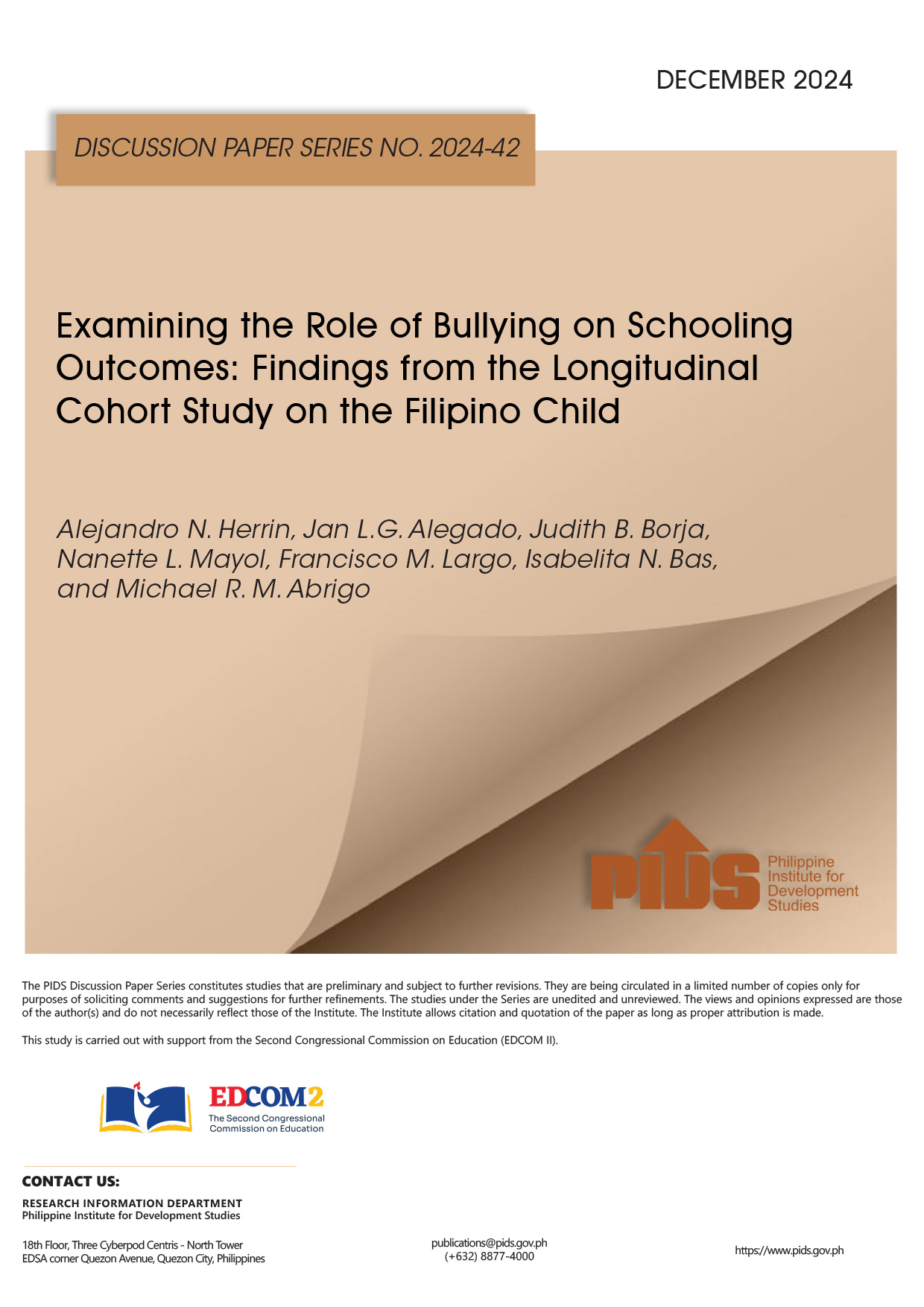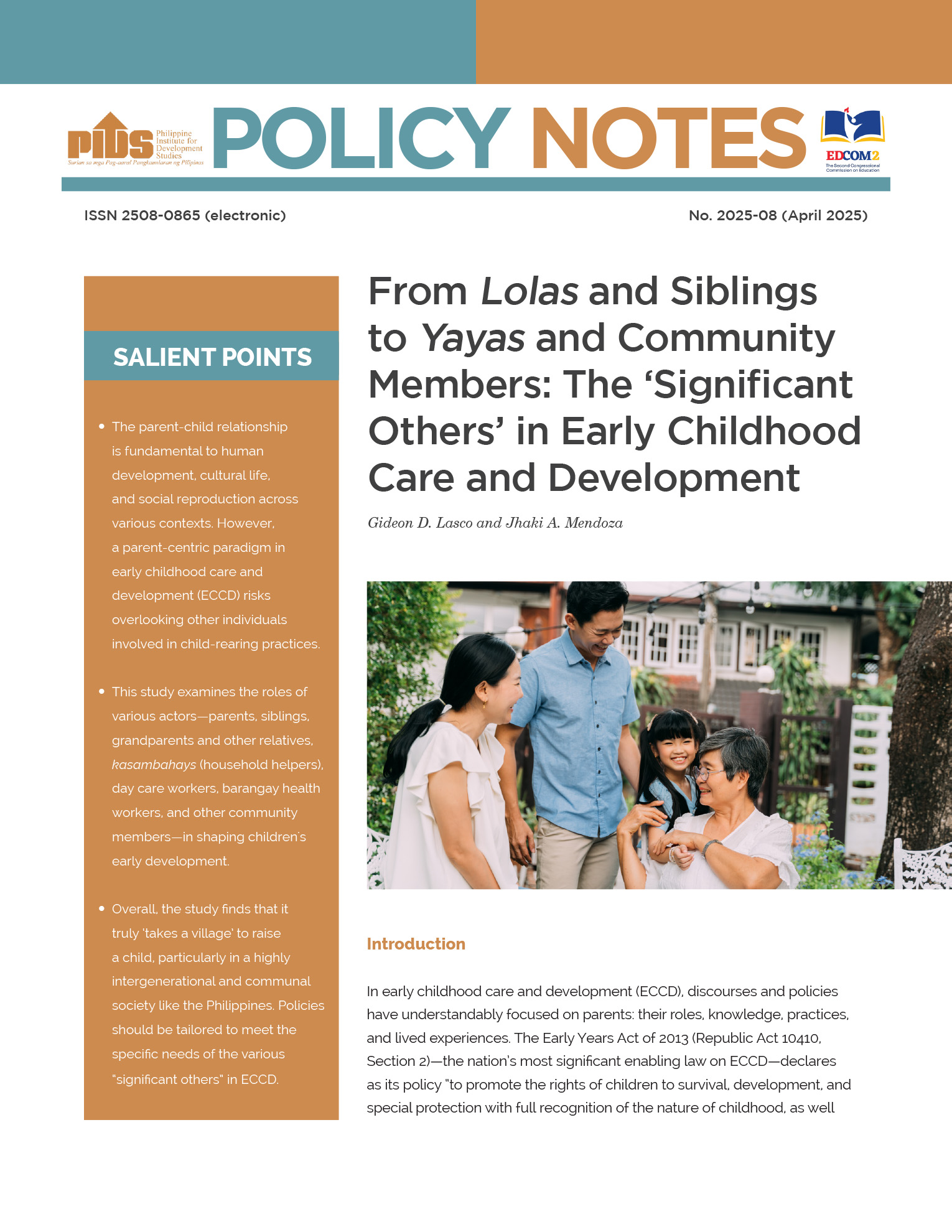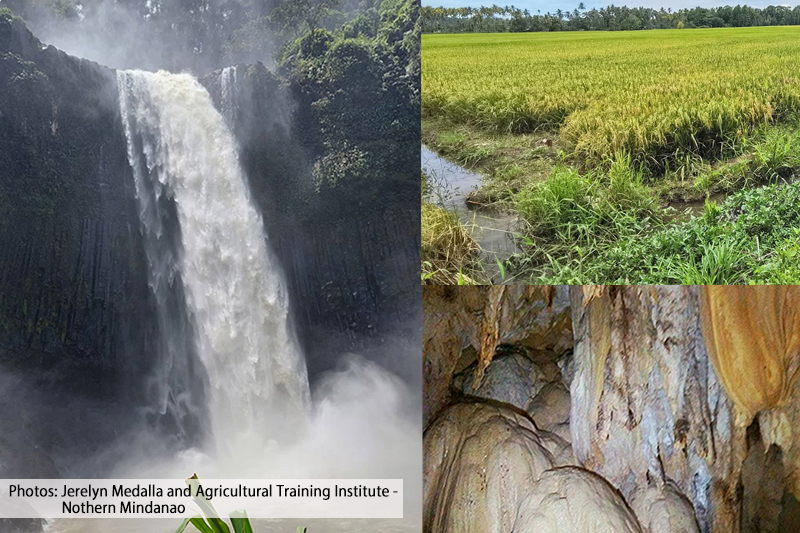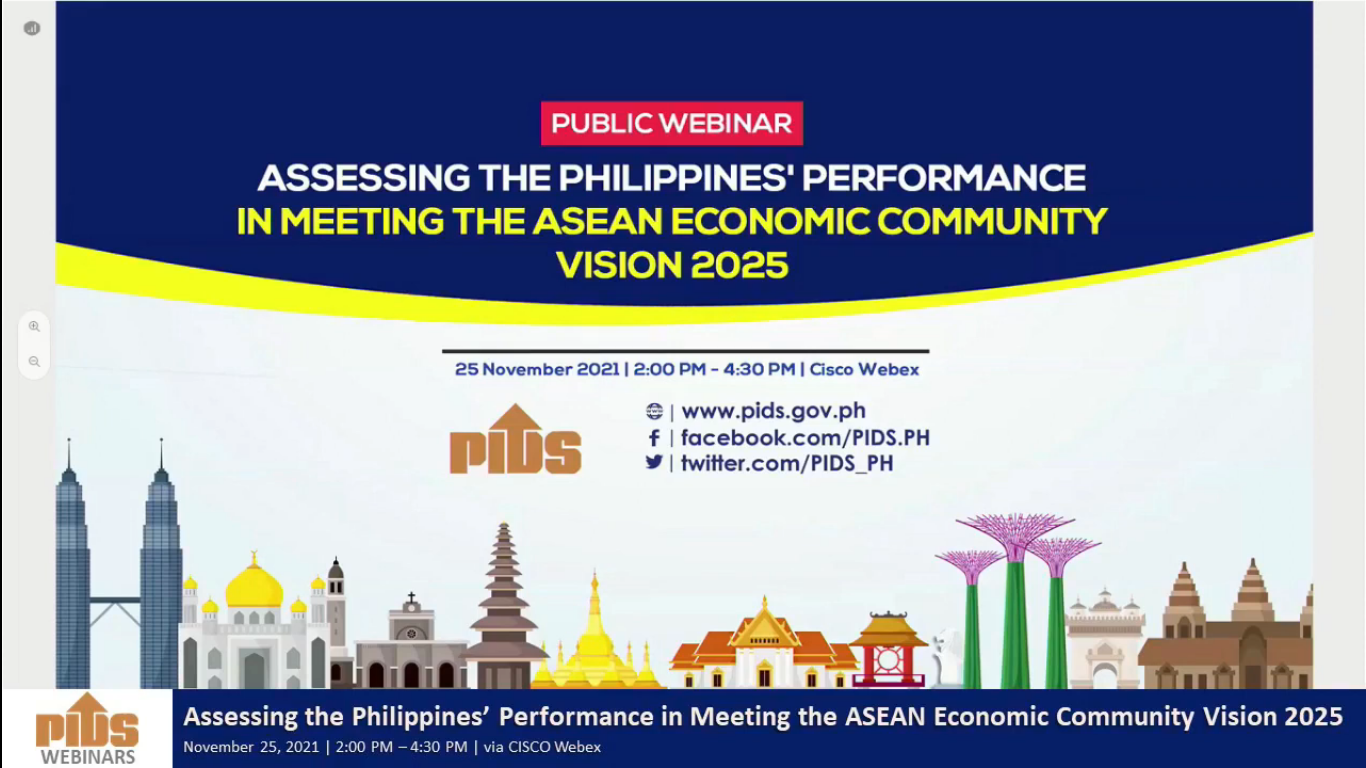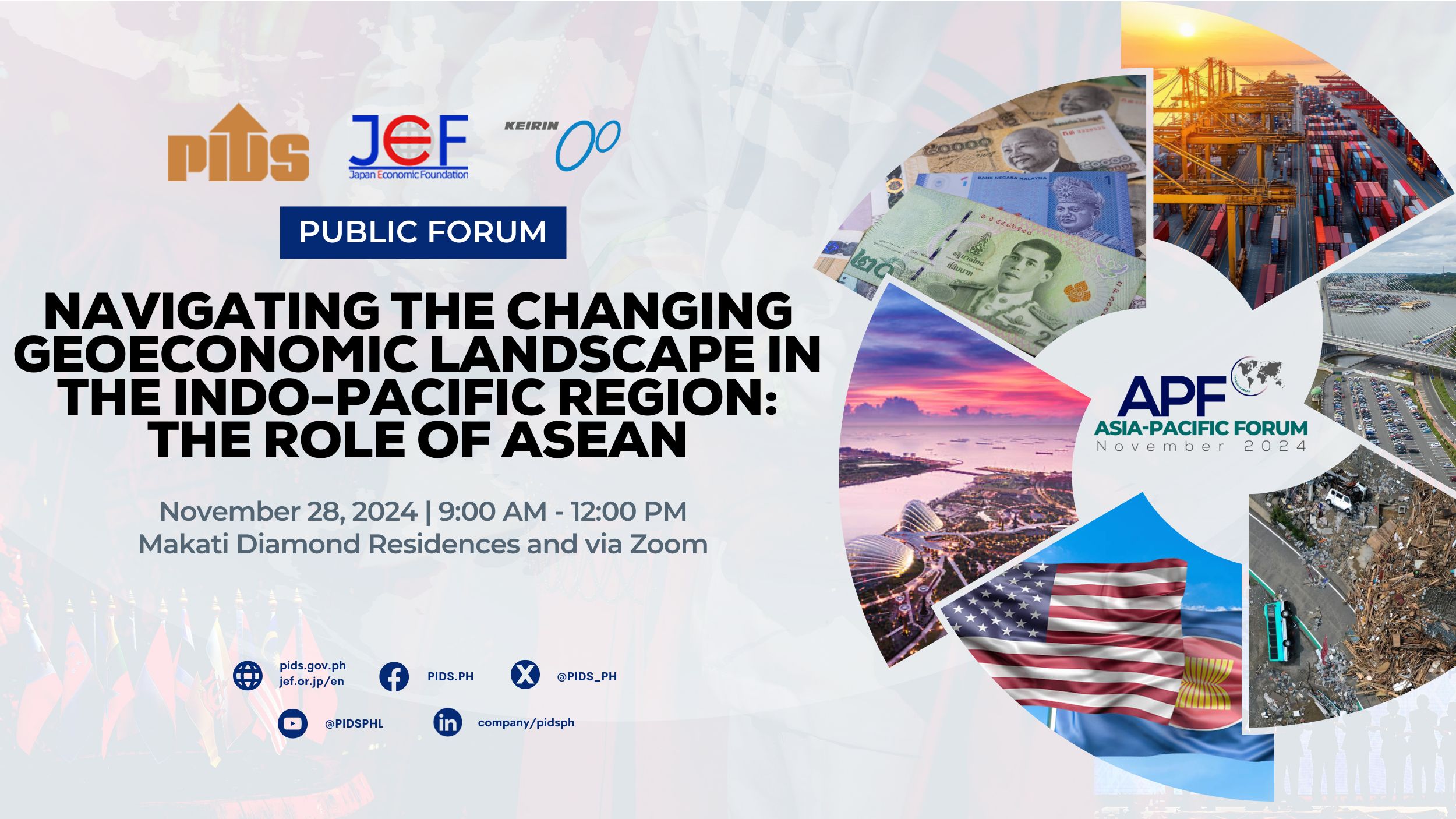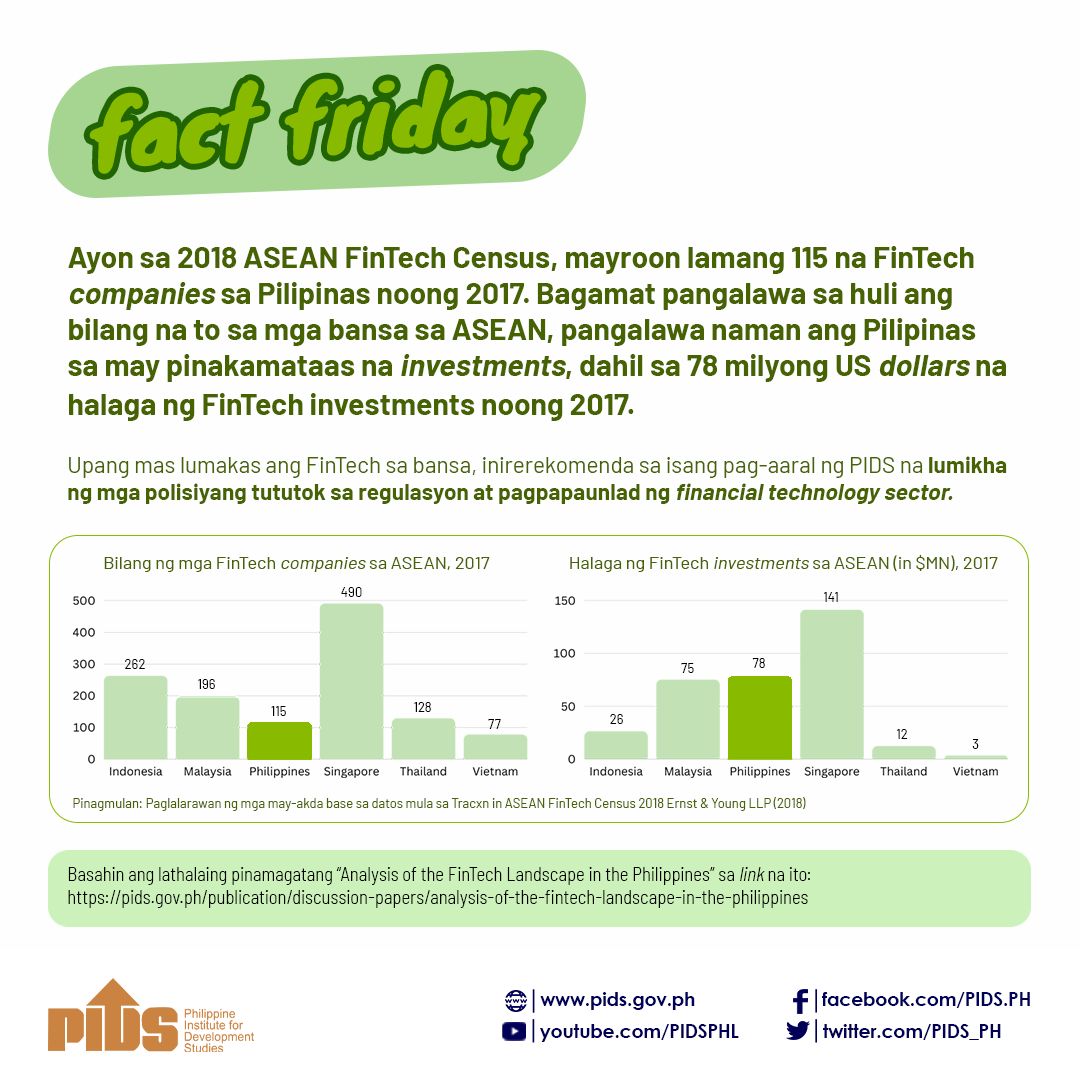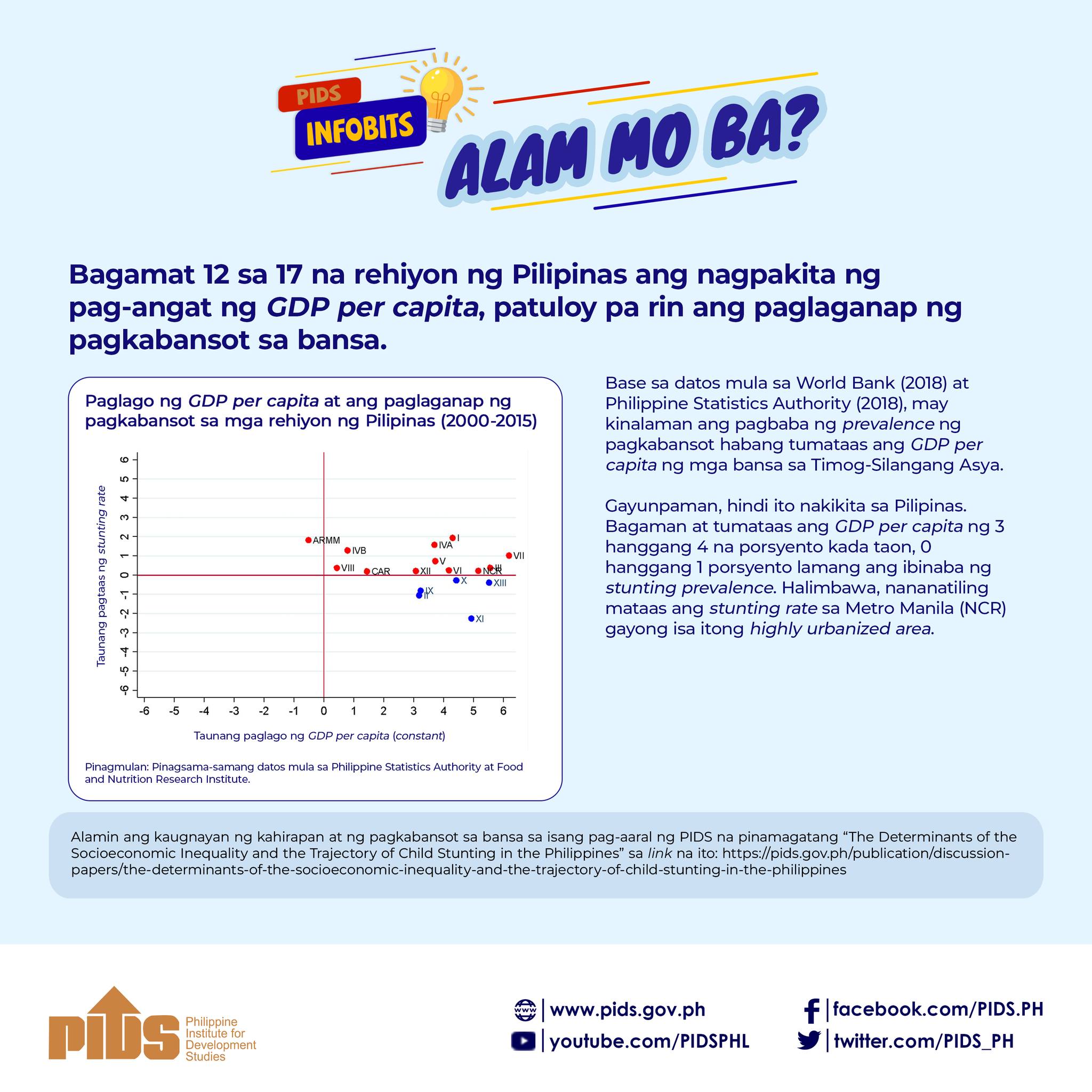THE PHILIPPINES is prepared to face the challenges and opportunities the economic integration of the Association of Southeast Asian Nations (ASEAN) brings, particularly to smaller businesses, according to the Trade department.
“The Philippines is a ready market,” Maria Roseni M. Alvero, assistant secretary of the Department of Trade and Industry (DTI) said in a forum on the ASEAN Economic Community (AEC) yesterday in Mandaluyong City.
Discussions focused on “Accessing Market and Investment Opportunities to Support Inclusive Growth” in AEC.
The forum was held by the Trade department, Asian Development Bank (ADB) and Management Association of the Philippines (MAP) in partnership with the Financial Executives of the Philippines and Philippine Institute for Development Studies (PIDS).
In her presentation, Ms. Alvero said: “The Philippines indeed is open for business. Our natural pool of talent and culturally adaptable human resources positions the country as an advantageous value-for-money destination in Asia.”
The official, in charge of DTI’s Foreign Trade Services Corps, also cited the country’s ongoing infrastructure development, investment incentives and strategic location.
“The country’s location is a critical entry point to the ASEAN market and a natural gateway to the East Asian economies. The country is likewise placed at the crossroads of international shipping and airlines.”
SMES KEY TO ECONOMIC INCLUSIVENESS
Building physical connectivity, raising labor productivity and providing access to finance are critical to the development of small- and medium-scale enterprises (SMEs) in the region, Asian Development Bank (ADB) Vice-President Bambang Susantono said in a keynote address.
“Today, with concerns over rising income inequality, the primary challenge is to unleash the potential of [SMEs], which remain one of ASEAN’s largest untapped resources,” noted the official, who is in charge of knowledge management and sustainable development at ADB.
“SMEs comprise the largest number of firms in the region. They generate the most jobs. And they spread across the entire gamut of agricultural processing, industrial production and services.”
In 2012, micro, small and medium enterprises comprised 99.6% of business establishments in the Philippines and accounted for 64.97% of total employment, said Erlinda M. Medalla, senior research fellow of the Philippine Institute for Development Studies.
‘BIG OPPORTUNITY’
Enabling SMEs to join the global supply chain presents a “big opportunity” for the Philippines and other ASEAN economies, Ganeshan Wignaraja, advisor for the ADB Office of the Chief Economist, said in a separate presentation.
Mr. Wignaraja, however, noted that firm size matters for joining global production networks, and that technological capabilities, skills, access to credit and foreign ownership also factors.
Accordingly, SMEs will have to adopt “smart” strategies including mergers and acquisitions, business alliances and formation of industrial clusters, Mr. Wignaraja said.
STORM CLOUDS ON THE HORIZON
Moreover, the Philippines and other ASEAN economies should work on providing SMEs greater access to finance, Mr. Wignaraja noted.
In the Philippines alone, 46,424 enterprises have unmet financing needs cumulatively amounting to $2 billion, Mr. Wignaraja said, citing 2011 data from the International Finance Corp. of the World Bank Group.
“Trade is changing -- and it’s changing in a way [that] although Asia is doing really well in terms of trade and growth, [in] the short to medium term, there are storm clouds on the horizon,” Mr. Wignaraja said.
“And in such an atmosphere, we’ve got to think of the competition that may occur but also the opportunities.”//
“The Philippines is a ready market,” Maria Roseni M. Alvero, assistant secretary of the Department of Trade and Industry (DTI) said in a forum on the ASEAN Economic Community (AEC) yesterday in Mandaluyong City.
Discussions focused on “Accessing Market and Investment Opportunities to Support Inclusive Growth” in AEC.
The forum was held by the Trade department, Asian Development Bank (ADB) and Management Association of the Philippines (MAP) in partnership with the Financial Executives of the Philippines and Philippine Institute for Development Studies (PIDS).
In her presentation, Ms. Alvero said: “The Philippines indeed is open for business. Our natural pool of talent and culturally adaptable human resources positions the country as an advantageous value-for-money destination in Asia.”
The official, in charge of DTI’s Foreign Trade Services Corps, also cited the country’s ongoing infrastructure development, investment incentives and strategic location.
“The country’s location is a critical entry point to the ASEAN market and a natural gateway to the East Asian economies. The country is likewise placed at the crossroads of international shipping and airlines.”
SMES KEY TO ECONOMIC INCLUSIVENESS
Building physical connectivity, raising labor productivity and providing access to finance are critical to the development of small- and medium-scale enterprises (SMEs) in the region, Asian Development Bank (ADB) Vice-President Bambang Susantono said in a keynote address.
“Today, with concerns over rising income inequality, the primary challenge is to unleash the potential of [SMEs], which remain one of ASEAN’s largest untapped resources,” noted the official, who is in charge of knowledge management and sustainable development at ADB.
“SMEs comprise the largest number of firms in the region. They generate the most jobs. And they spread across the entire gamut of agricultural processing, industrial production and services.”
In 2012, micro, small and medium enterprises comprised 99.6% of business establishments in the Philippines and accounted for 64.97% of total employment, said Erlinda M. Medalla, senior research fellow of the Philippine Institute for Development Studies.
‘BIG OPPORTUNITY’
Enabling SMEs to join the global supply chain presents a “big opportunity” for the Philippines and other ASEAN economies, Ganeshan Wignaraja, advisor for the ADB Office of the Chief Economist, said in a separate presentation.
Mr. Wignaraja, however, noted that firm size matters for joining global production networks, and that technological capabilities, skills, access to credit and foreign ownership also factors.
Accordingly, SMEs will have to adopt “smart” strategies including mergers and acquisitions, business alliances and formation of industrial clusters, Mr. Wignaraja said.
STORM CLOUDS ON THE HORIZON
Moreover, the Philippines and other ASEAN economies should work on providing SMEs greater access to finance, Mr. Wignaraja noted.
In the Philippines alone, 46,424 enterprises have unmet financing needs cumulatively amounting to $2 billion, Mr. Wignaraja said, citing 2011 data from the International Finance Corp. of the World Bank Group.
“Trade is changing -- and it’s changing in a way [that] although Asia is doing really well in terms of trade and growth, [in] the short to medium term, there are storm clouds on the horizon,” Mr. Wignaraja said.
“And in such an atmosphere, we’ve got to think of the competition that may occur but also the opportunities.”//

